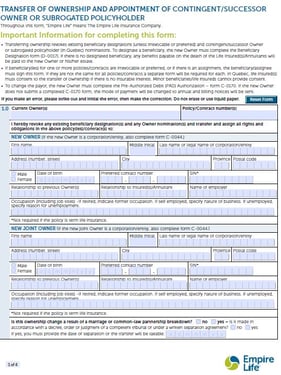We all know that traditional retail industries have changed significantly due to the digitization of commerce. While there are still more dollars changing hands in physical stores than online the volume of digital transactions have mushroomed exponentially and the interaction at physical stores has changed as well.
Who would have thought you would pay by flashing your digital phone or passing a chip enabled credit/debit card across an electronic pad? This was the stuff of science fiction even a few short years ago. Many of these innovations have been driven by a desire to make it easier for customers to handle their accounts and thus make it easier for them to buy. Usually it means faster throughput at the teller/sales face as well.
Anyone who has used Costco to buy their gas will know what I mean as the time and number of steps needed to process your transaction at the pump is reduced by about 90% if you tap for payment than if you use the traditional steps to handle your card. Of course the whole concept of a complete system which only handles payment at the point of purchase without any human interface is different that most people have grown up with.
More traditional industries have changed as well
I recently had an experience on an administrative matter when dealing with a life insurance company and this is an industry which has often been about as traditional as you can get when it deals with paper and document processes. We all know about going through pages and pages of documents with tons of boiler plate to deal with what seems like a pretty straight forward activity on the surface. Insurance has never had the image of being leading edge in any way. 
My recent experience involved calling the head office of a major insurer to see about the steps needed to change the ownership status on a life insurance policy that I hold on my adult daughter. Nothing else needs to change except it is time she 'owns' the policy rather than me. Pretty straight forward but I was dealing with a company I had not specific one going relationship with other than the policy. No agent and it was many years old as it was purchased when she was a child.
What a simple and quick process has replaced what would have been tedious in the past.
- The call was answered by the receptionist and I explained my need. The answer was no problem I can help.
- I asked if the forms needed could be sent to me and she said yes it can be done by email and she would also include a change in beneficiary form if my daughter wanted to make that change once she was in charge of the policy. I thought this was great as she is now married and a change makes sense. She had my policy info on her system while she talked to me so she has a record of the interaction already.
- I gave her the email and the response was in my computer before I hung up the phone.
- The forms arrived as fillable PDF documents which means that I can fill them in on the computer and save and return to her directly with no need to print or mail them back.
- Alternatively she said I can print, fill in, scan and send back as a PDF if I can scan.
- Of course there is also the option to print, fill them in and mail back.
Essentially, the details of my interaction could be handled with one phone call and about 15 minutes of effort. Given the use of the electronic forms there will be no paper involved in the system and I am sure that their system will permit the forms to be processed to update the ownership records electronically once they receive them. They have integrated their legacy systems into newer technology and workflows permitting permeability of information.
Digitizing workflows has positive benefits for both parties in a transaction
As you read through this process you can see that I was pleased with how easily I could handle what seemed like a tedious task. One phone call, fill in some forms on the computer and all is done.
From the company's view this is also a pretty compelling method. One person has had to interact with their customer, satisfying their request in one instance. The results of the transaction are obviously easily integrated into their records since it is their forms which are being used and they are being communicated electronically. Low cost, accuracy and efficiency are all positive results for them. Indirectly they connect with a new customer as the new owner, my daughter now becomes their customer.
Conclusion
This kind of transaction change can only occur if the company involved has looked at their systems and found ways to apply technology to many steps in their work processes.
- Empower employees with information and access as close to customer interfaces as you can
- Make tools available that permit them to respond and solve questions quickly and easily
- Convert paper based systems into compatible electronic systems and integrate into the workflow
- Use software tools to enhance the processes so customers can help carry out the transaction
- Integrate current activities with traditional long term legacy systems.
What could have been a tough and challenging activity was turned into a fairly simple and positive circumstance for me. Admittedly, I am disposed to using online tools when available but their system did not preclude someone else from using a more traditional system. This kind of integration of legacy structures while leveraging the positives of newer technology is the ideal way to upgrade your operations.
Where in your business could you find these kinds of gains? Need help then talk to a document specialist.




